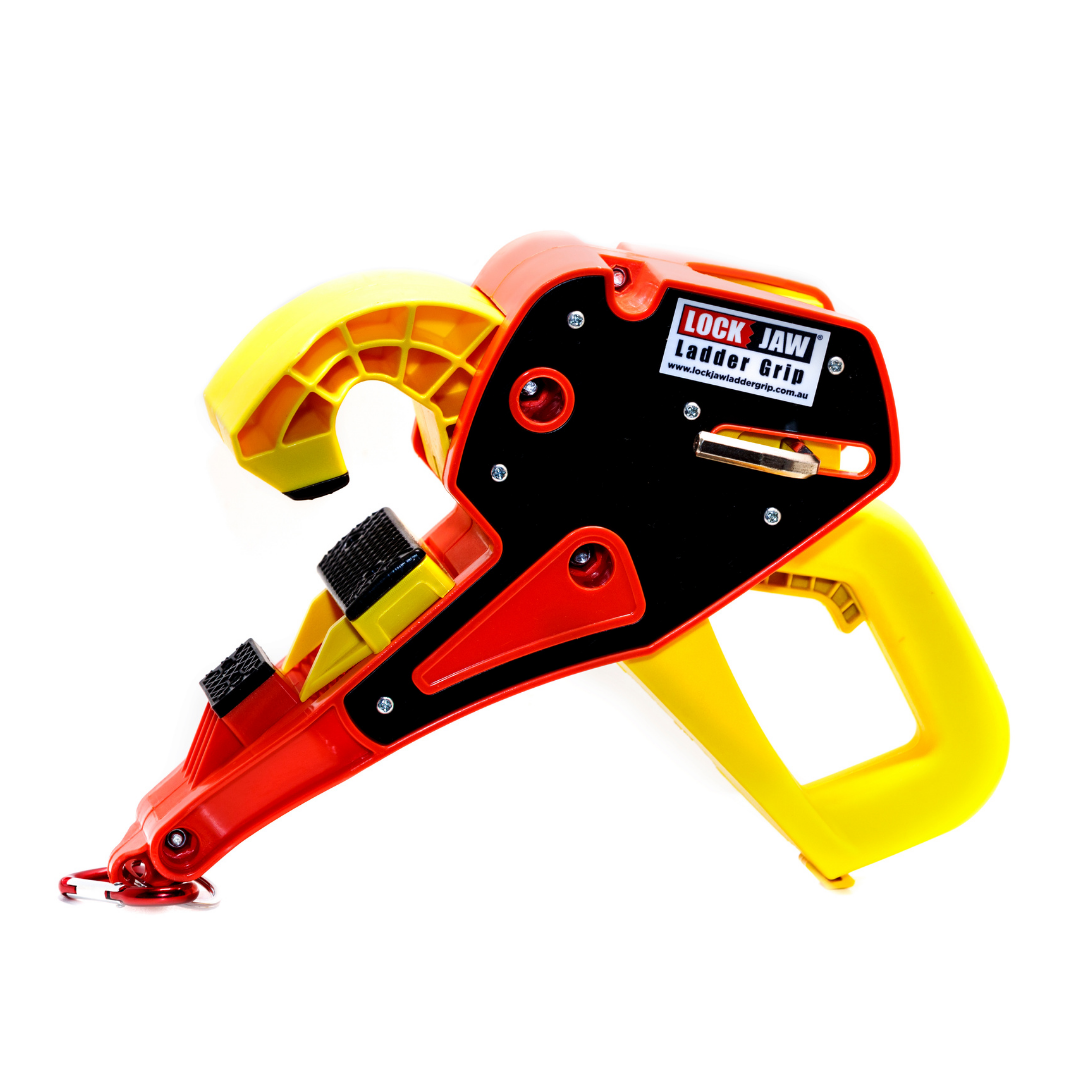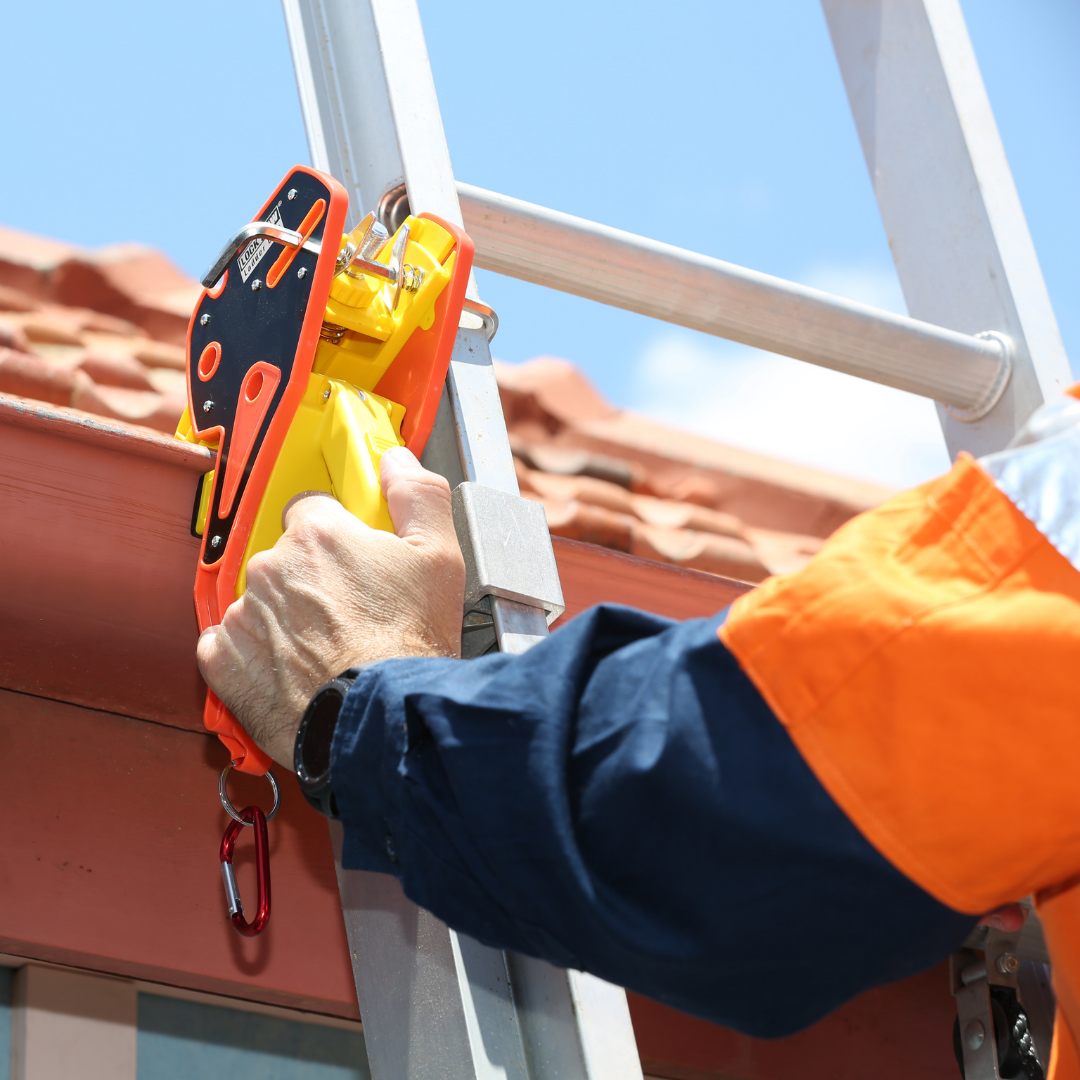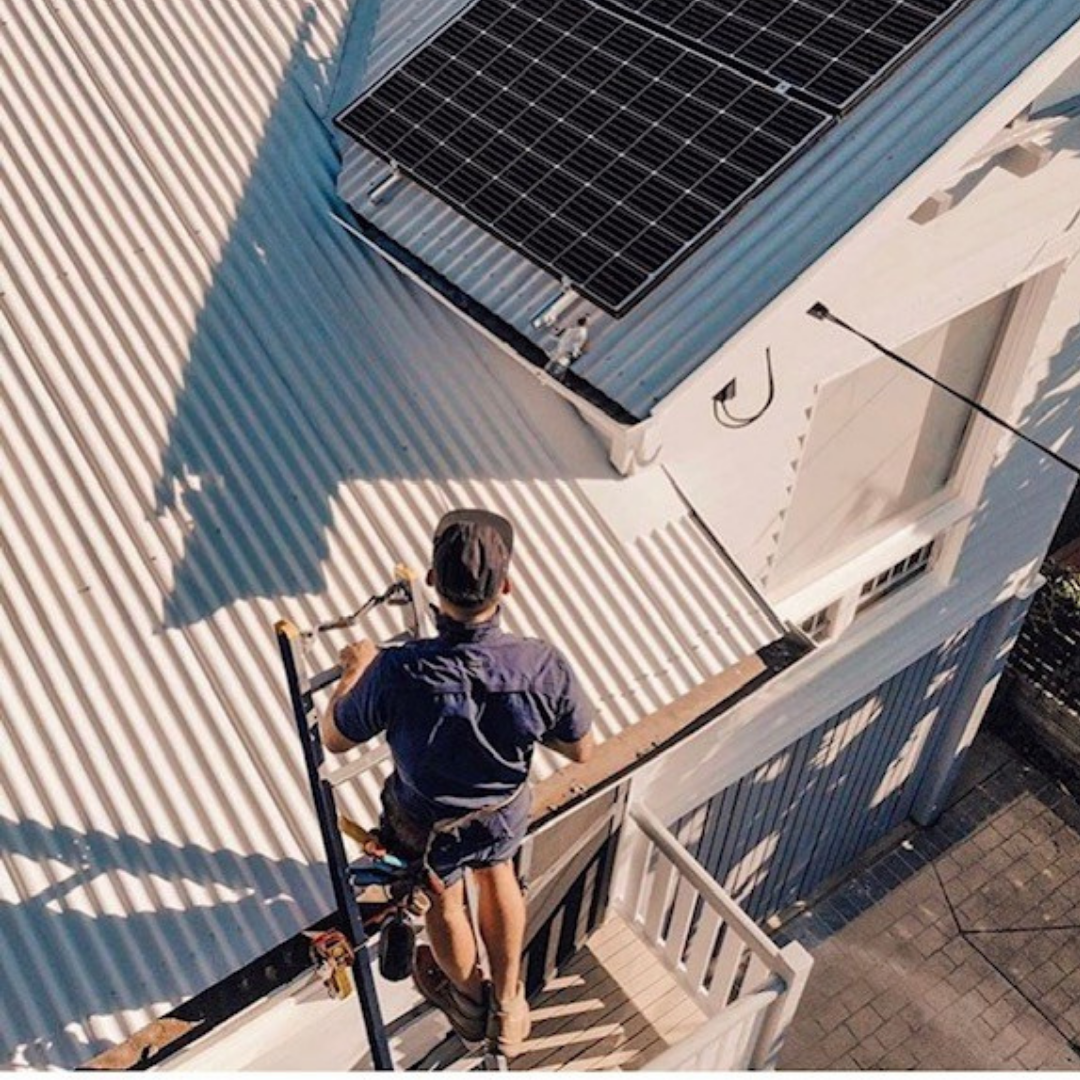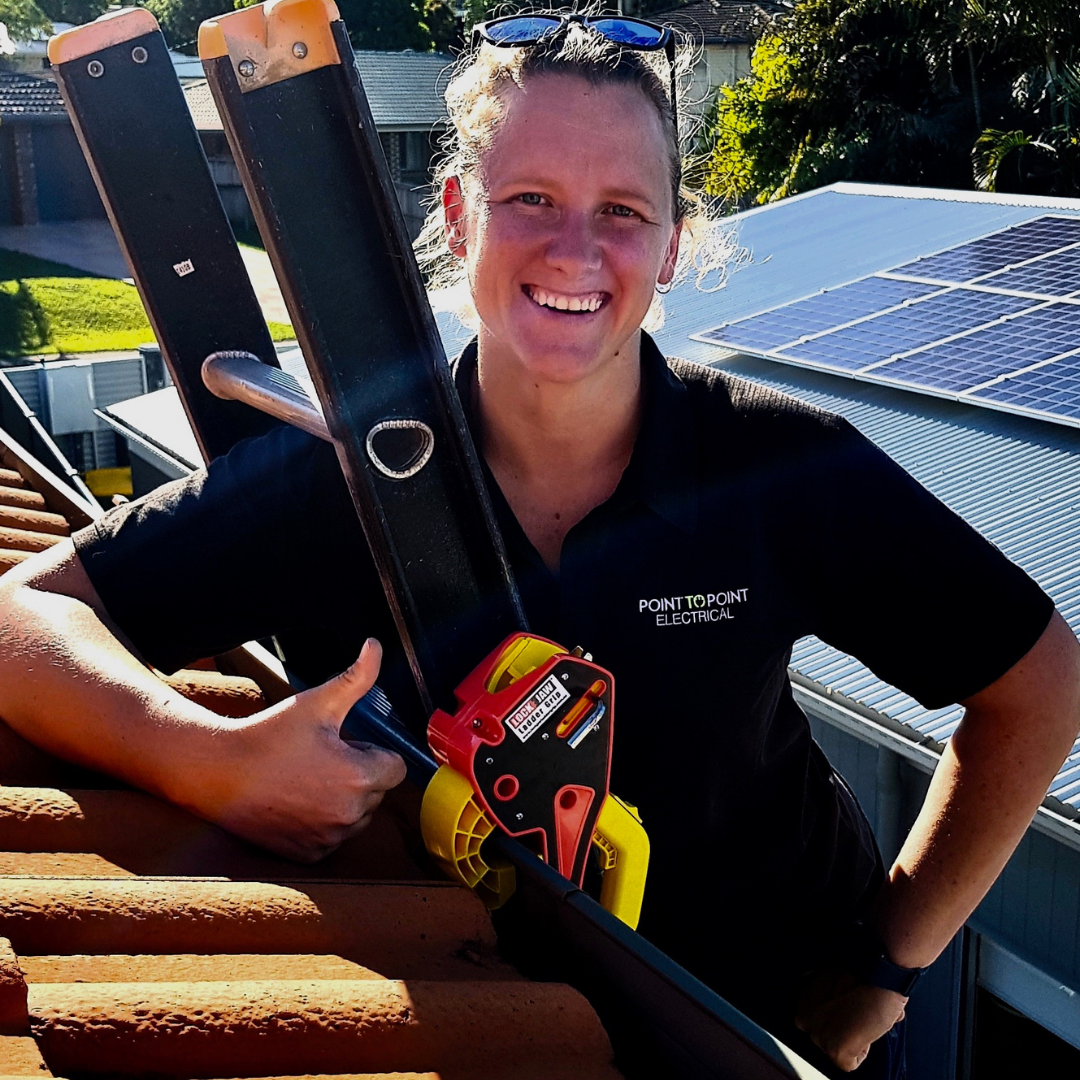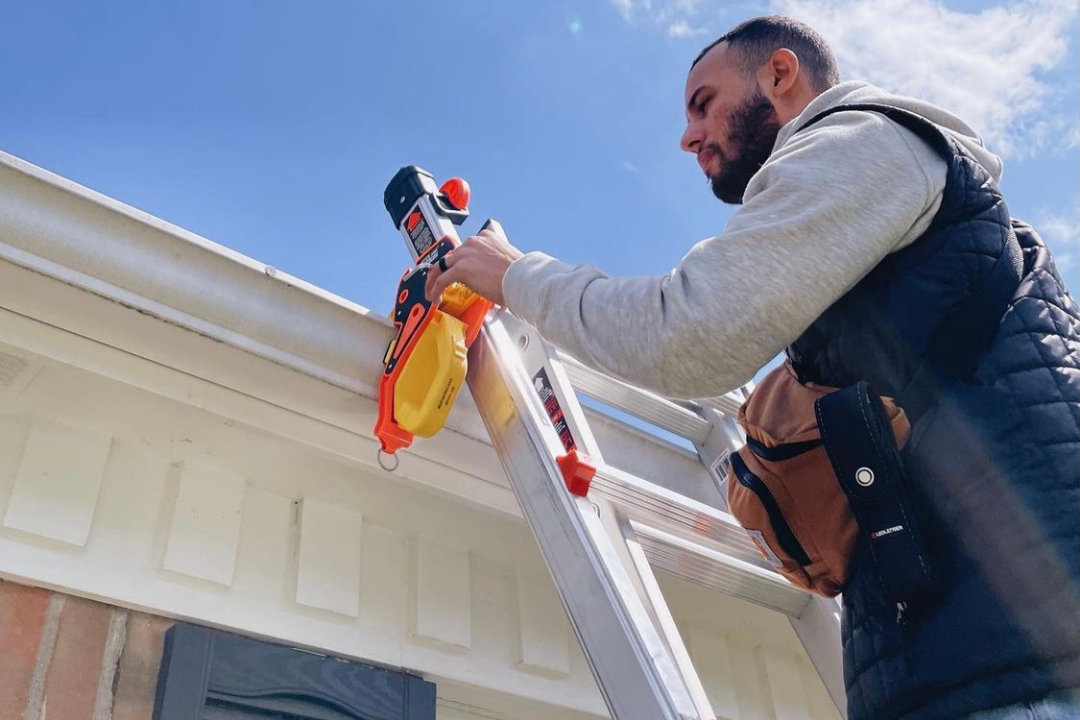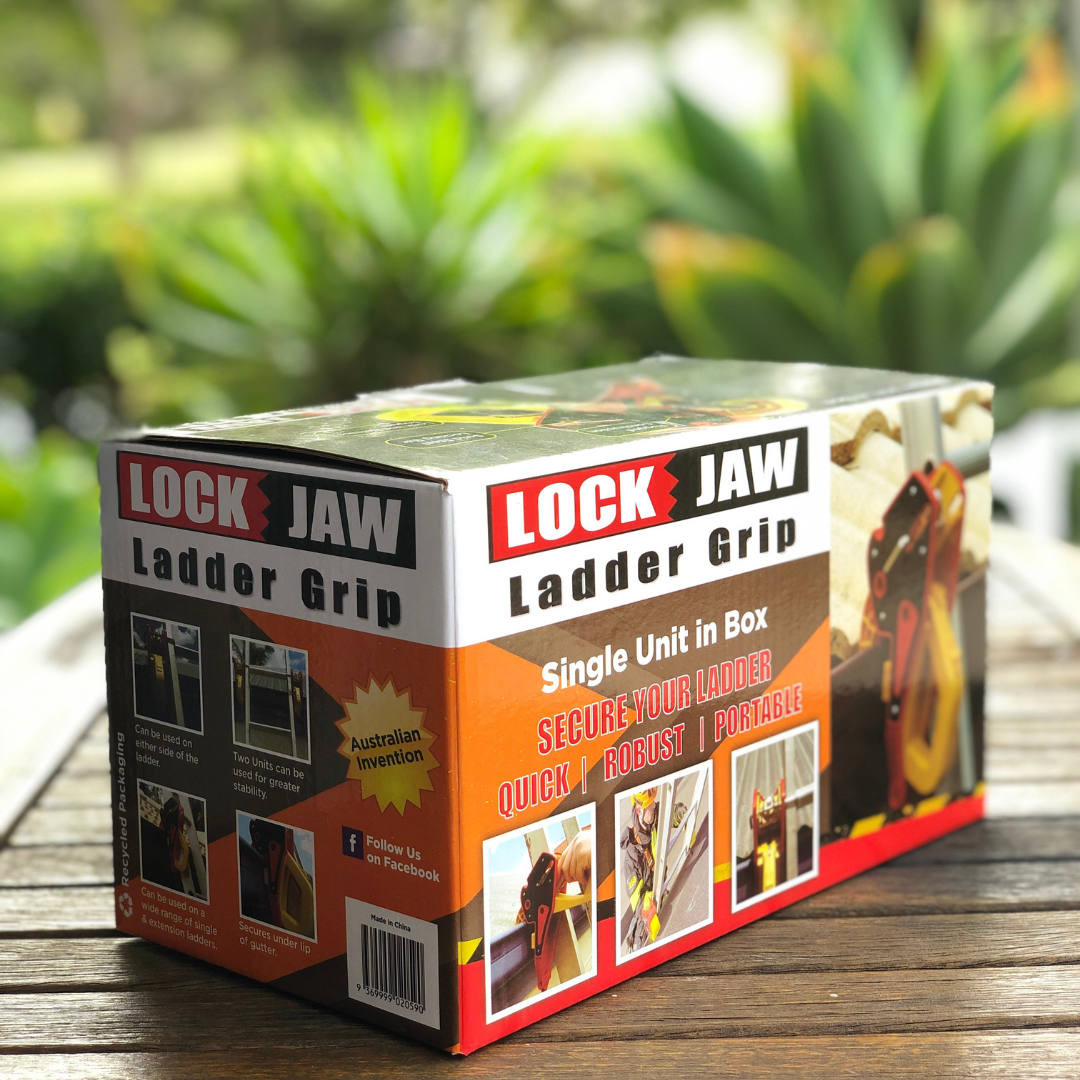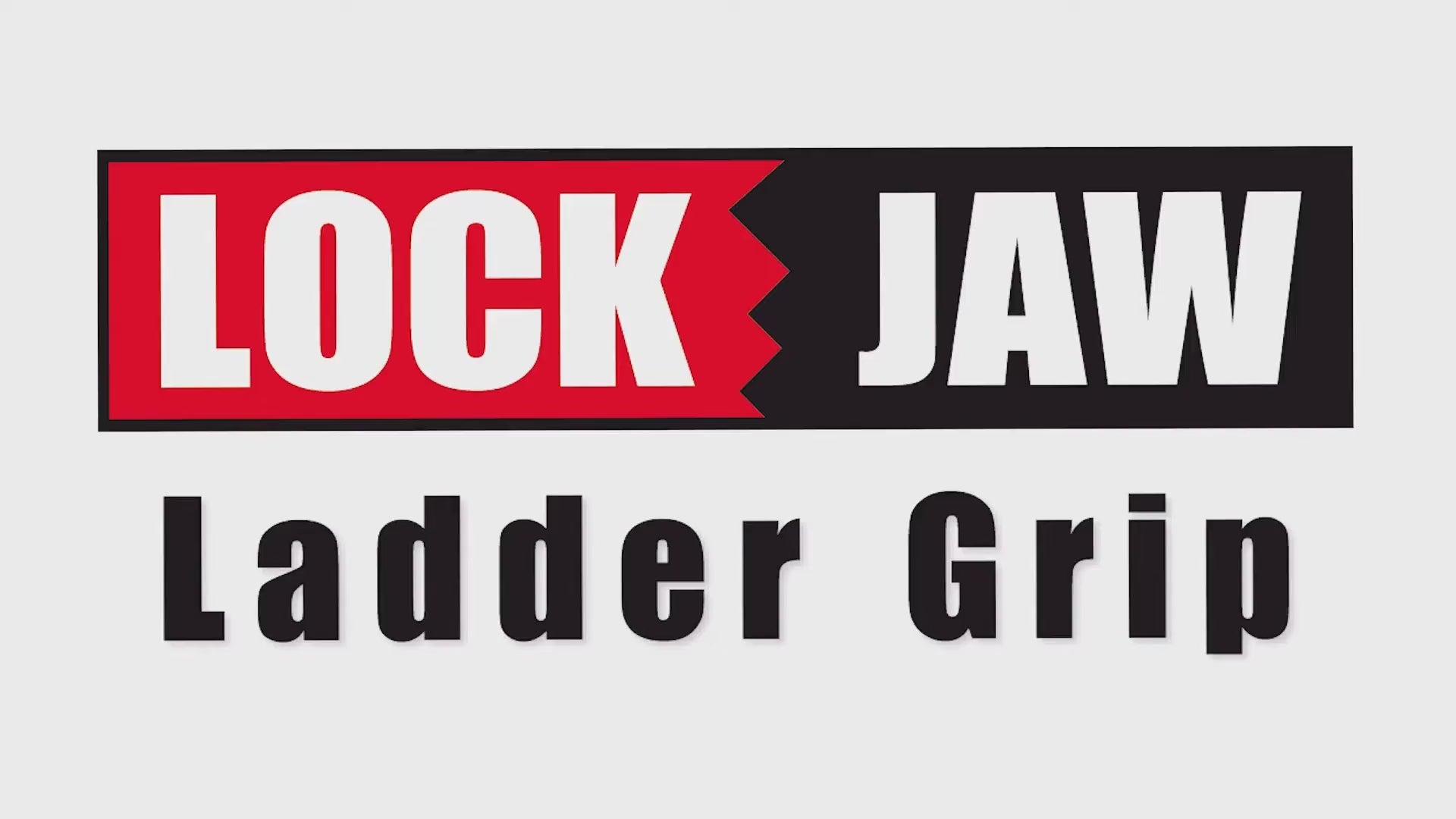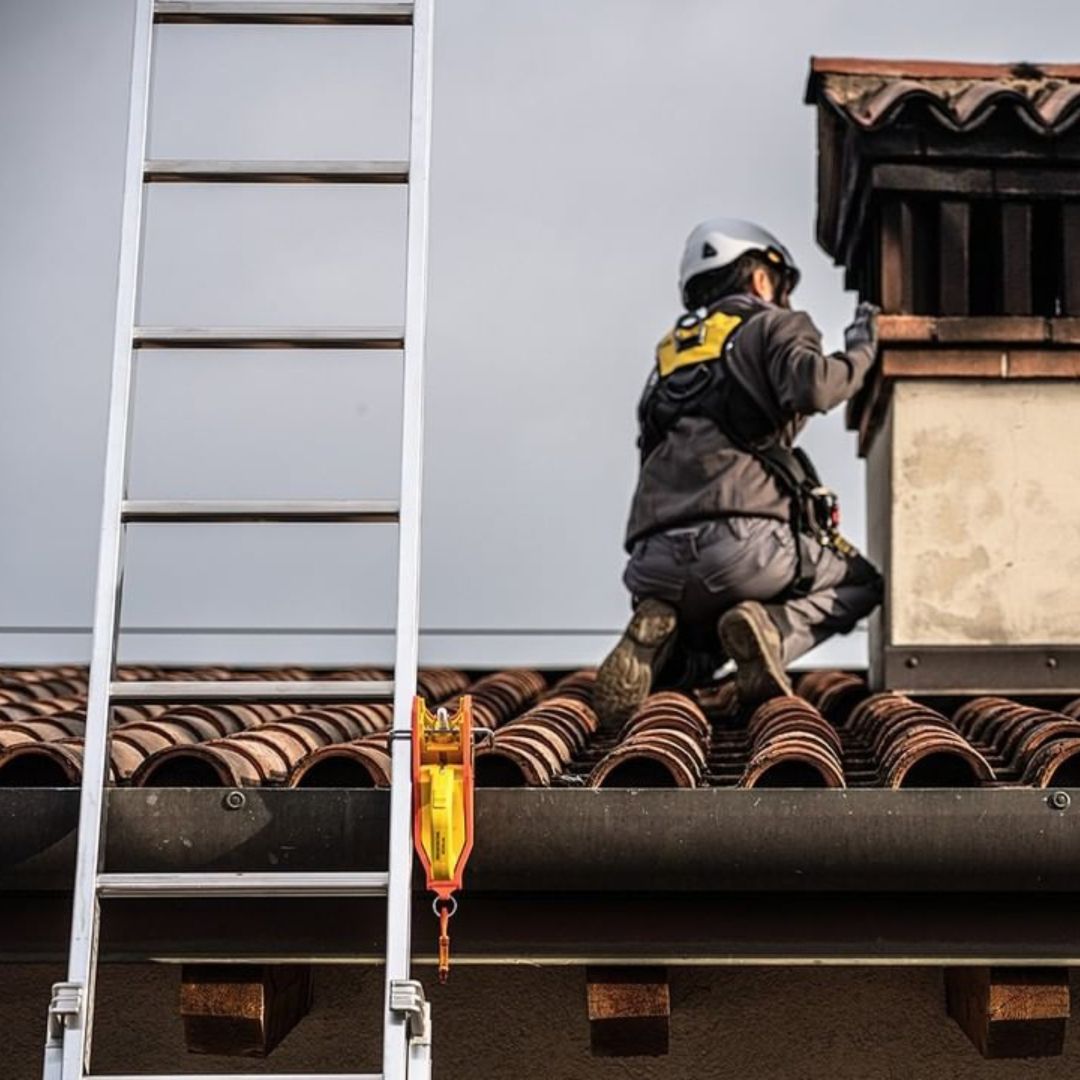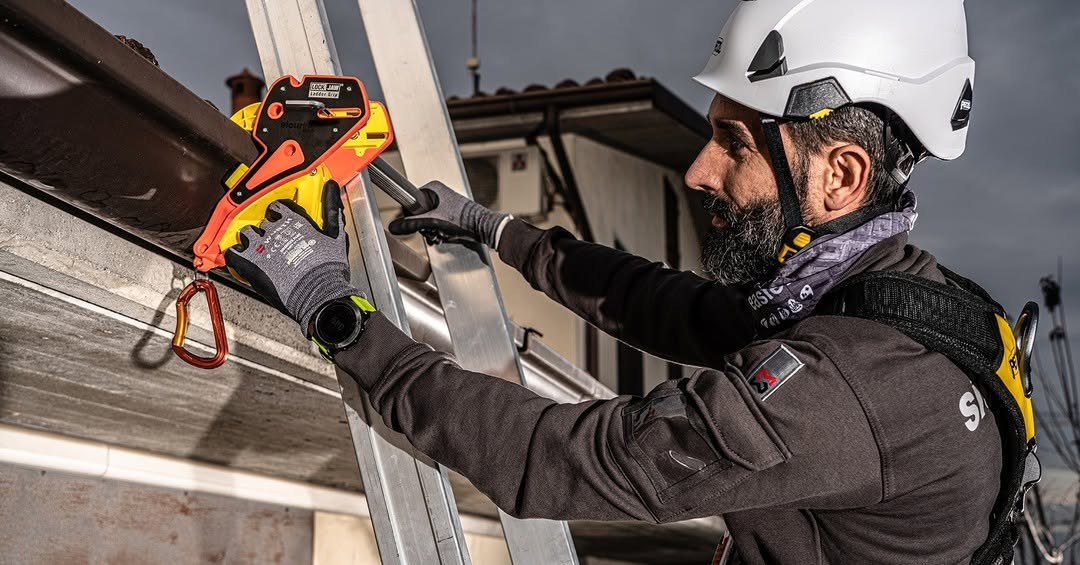Step-by-Step Guide: How to Safely Secure Your Ladder to Gutters

Regulation Summary
In 2025, ladder safety laws across Australia, including the Work Health and Safety Regulation 2025 in NSW, have reinforced the long-standing requirement that ladders must be set up and secured to prevent movement and used in a way that minimises the risk of a fall.
Key compliance points include:
- AS/NZS 1892 compliance — ladders must meet design, load rating, and condition standards.
- Short-duration, low-risk tasks only — use ladders only when safer alternatives (scaffolding, EWP) aren’t reasonably practicable.
- Secure extension ladders — must be fixed at the top, bottom, or both, or held in place by another person if securing isn’t possible.
- 4:1 angle rule — for every 4 metres of height, the base should be 1 metre from the structure.
- Three points of contact — maintain contact when climbing or descending.
These requirements align with SafeWork NSW’s ladder safety advice, which also stresses selecting the right ladder, inspecting it before use, and using devices such as stabilisers and levellers.
Penalty Updates (2025)
Under the Model WHS Act, penalties for breaches have increased with CPI adjustments:
- Category 1 (reckless conduct) — up to $3.5 million for a body corporate, $700,000 for an individual, and/or 5 years imprisonment.
- Category 2 (exposing others to risk of death or serious injury) — up to $2.3 million for a body corporate, $464,000 for an individual.
- Category 3 (failure to comply with a health and safety duty) — up to $770,000 for a body corporate, $154,000 for an individual.
Failing to secure a ladder against movement, especially when working at height, can fall under Category 2 or 3 depending on the circumstances.
Must-Have Safety Equipment
SafeWork NSW and NSW legislation highlight that if a ladder is your only option, you should use ladder safety devices to reduce risk. These include:
- Lock-on ladder stabilisers — prevent lateral movement at the top.
- Ladder levellers — ensure stability on uneven ground.
- Anti-slip gutter guards — improve grip and protect surfaces.
- Tie-down straps — anchor the ladder to a fixed point.
- Walk-through handrails — provide safer transitions to roofs.
These devices support compliance with WHS Reg s79 (NSW) and equivalent rules in other states, requiring ladders to be secured against movement.
How Lock Jaw Ladder Grip Ensures Compliance
The Lock Jaw Ladder Grip is a lock-on stabiliser that clamps directly to the gutter, creating a rigid connection in seconds. This:
- Eliminates lateral slip — prevents movement at the top of the ladder.
- Meets WHS requirements — ensures ladders are secured against movement.
- Reduces reliance on another person — no need for someone to hold the ladder.
- Speeds up setup — quick installation without compromising safety.
For roofers, contractors, and safety-minded homeowners, it’s a small investment that helps avoid serious penalties and injuries.

